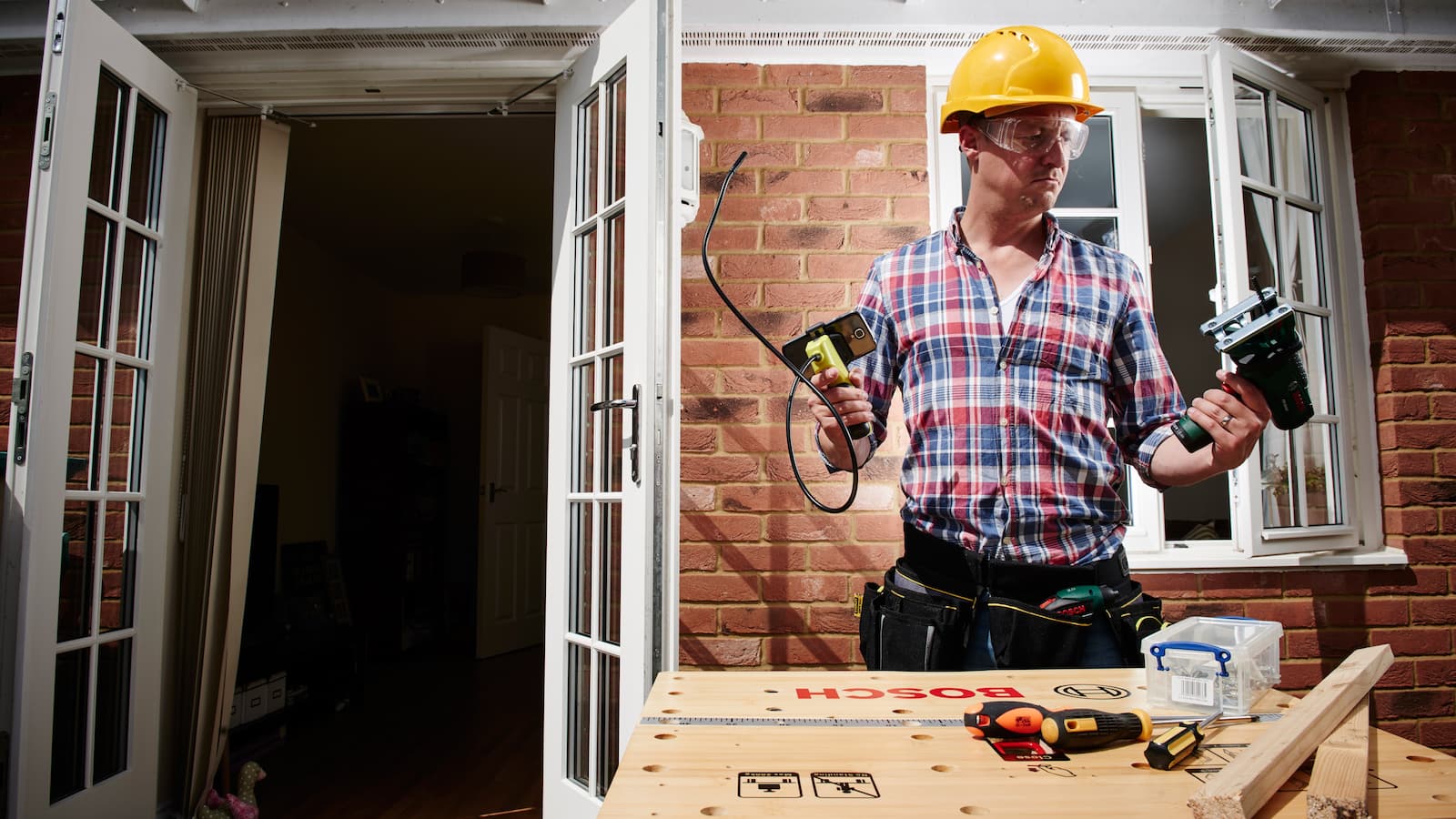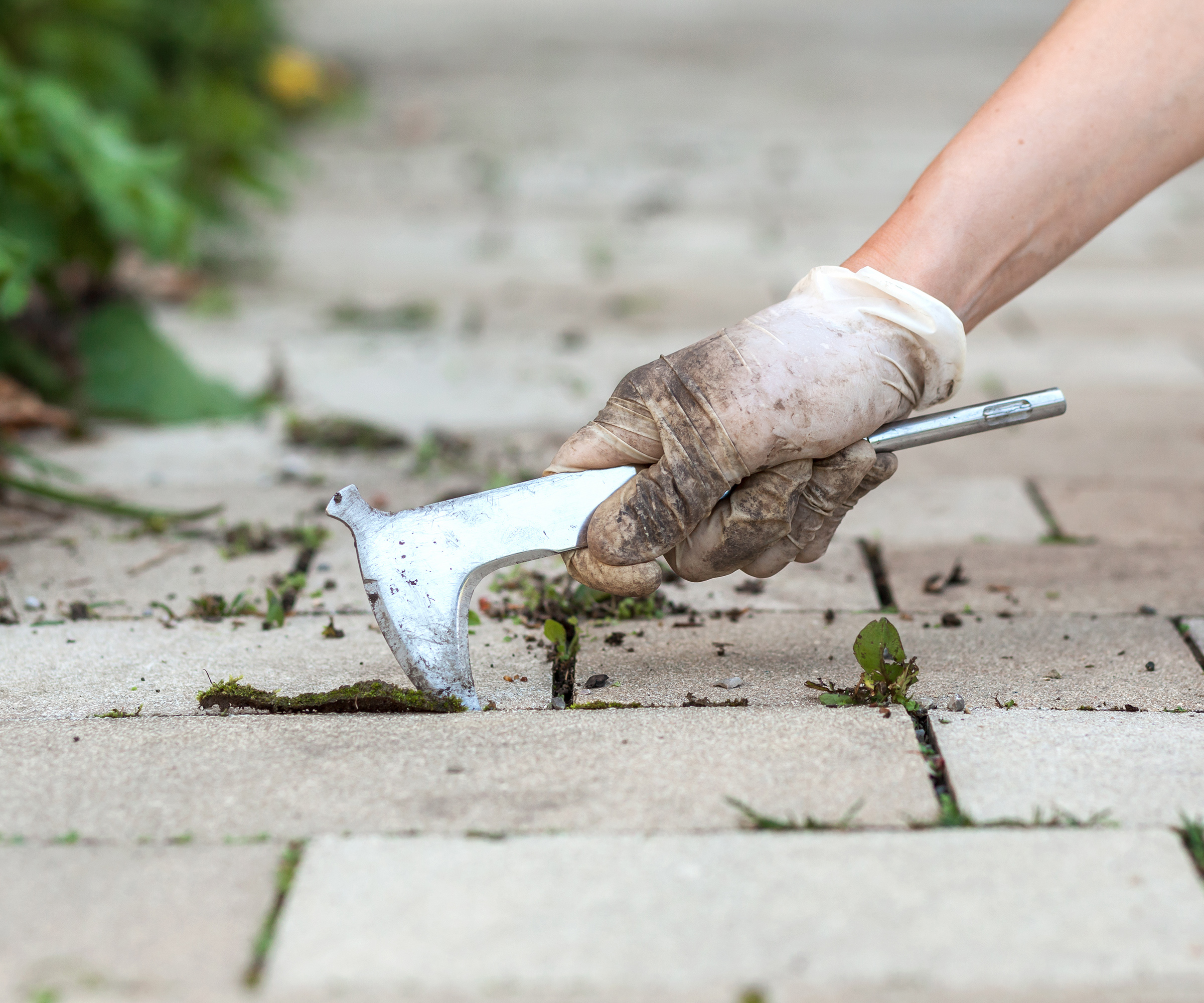The surprising household items people are using as makeshift DIY tools in their homes
Brits are turning everyday household items into makeshift tools, but their creativity is costing them thousands in DIY disasters

Brits are swapping screwdrivers for kitchen knives and hammers for rolling pins, and it’s not going well.
A survey of 2,000 Brits and 500 tradespeople shows many are tackling jobs like tiling a kitchen wall or fixing leaks without the right tools.
With four in ten under-40s admitting they don’t even own a toolbox, makeshift solutions are common, but costly, as 72% suffered at least one DIY disaster last year, spending an average of £1,555 to fix mistakes.
“We’re seeing more people trying to patch things up with whatever’s within reach - even if it’s completely unsuitable,” says Rebecca Leversidge of Premierline. “Unfortunately, that kind of improvisation often ends in damage, danger, and a much bigger bill.”
The strangest DIY substitutions revealed

When Brits don’t have the right gear, they get... inventive. The survey uncovered a full list of common (and completely incorrect) tools people are using around the home:
- Kitchen knives as screwdrivers – used by 71% of respondents
- Scissors for trimming hedges – 63%
- Credit cards for grouting floor tiles – 40%
- Broomsticks to clear gutters – 33%
- Tupperware dishes to mix filler – 32%
- Rolling pins as hammers – 31%
- Spoons for weeding – 31%
- Sellotape to fix leaking pipes – 36%
This rise in tool-less DIY has led to professionals across the country reporting a surge in callouts to fix botched jobs.
A costly form of creativity
While Brits might be proud of their can-do attitude, it’s coming at a steep price.
Bring your dream home to life with expert advice, how to guides and design inspiration. Sign up for our newsletter and get two free tickets to a Homebuilding & Renovating Show near you.
Three-quarters (74%) said they ended up spending more to fix their mistakes than the original job would have cost, with an annual average of £7,775 per household spent on remedying botched DIY.
In fact, 51% admitted they had to call in a professional after their fix went wrong, with the top disasters including:
- Poorly fitted shelves and cabinets
- Damaged walls
- Electrical faults
- Burst pipes
- Uneven paint and wallpaper jobs
“DIY confidence is great,” says Leversidge, “but it’s important to know your limits - and have the right tools before you start.”
Top 10 tools every household should have
To help households avoid further mayhem, tradespeople shared the top 10 tools every home should have:
- Impact screwdriver
- Multi-tool
- Angle-grinder
- Power saws
- Power drills
- Tape measure
- Spirit level
- Set square
- Pencil
- Hoover
Alongside basic tools like drills and spirit levels, investing in a versatile multitool can make a huge difference.
For example, the Ryobi R18MT multitool combines sanding, cutting and grinding in one compact device – perfect for tackling a wide range of DIY tasks with precision and ease.
Having the right equipment like this not only saves time but can help avoid costly mistakes and frustrating repairs.

News Editor Joseph has previously written for Today’s Media and Chambers & Partners, focusing on news for conveyancers and industry professionals. Joseph has just started his own self build project, building his own home on his family’s farm with planning permission for a timber frame, three-bedroom house in a one-acre field. The foundation work has already begun and he hopes to have the home built in the next year. Prior to this he renovated his family's home as well as doing several DIY projects, including installing a shower, building sheds, and livestock fences and shelters for the farm’s animals. Outside of homebuilding, Joseph loves rugby and has written for Rugby World, the world’s largest rugby magazine.
